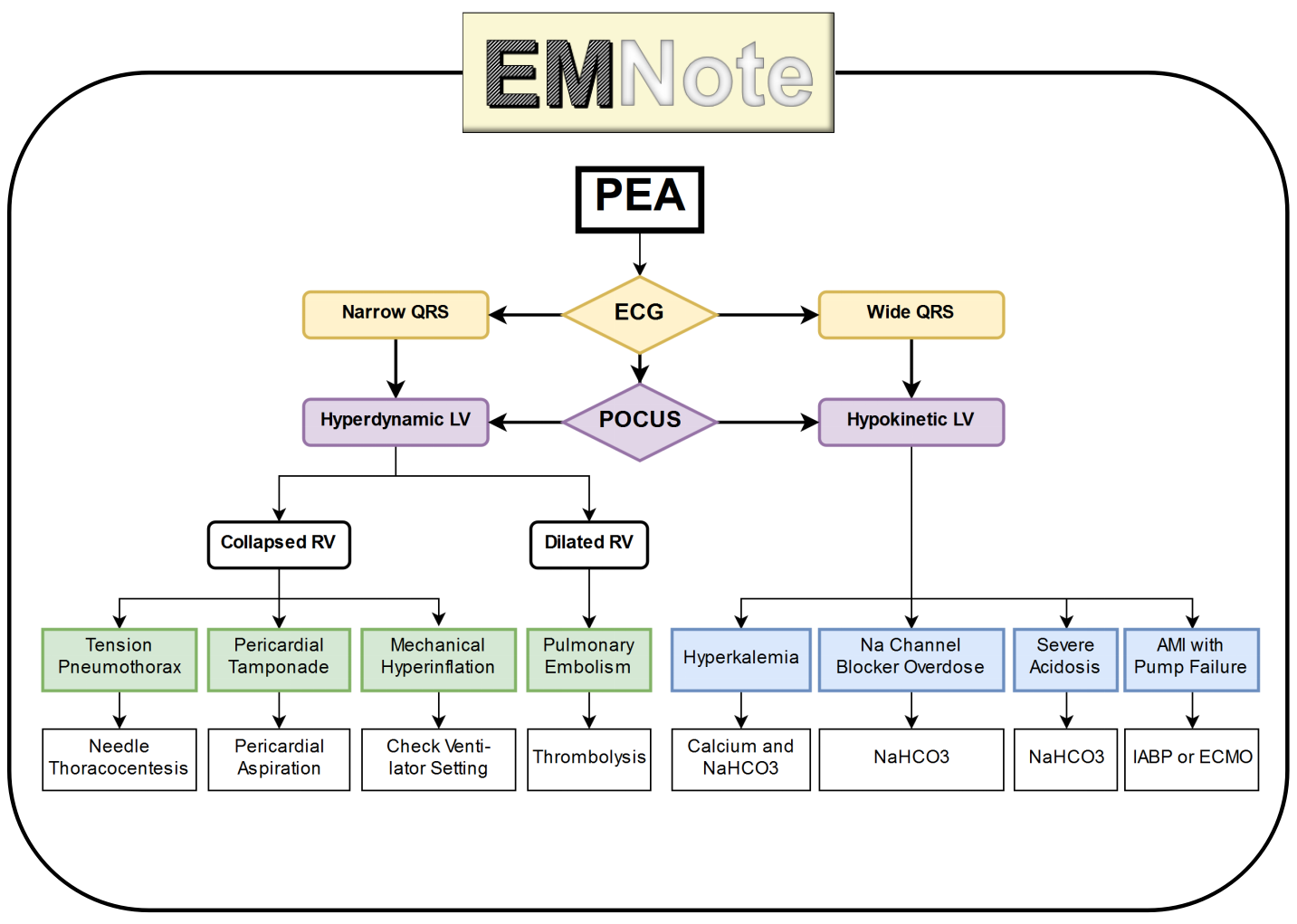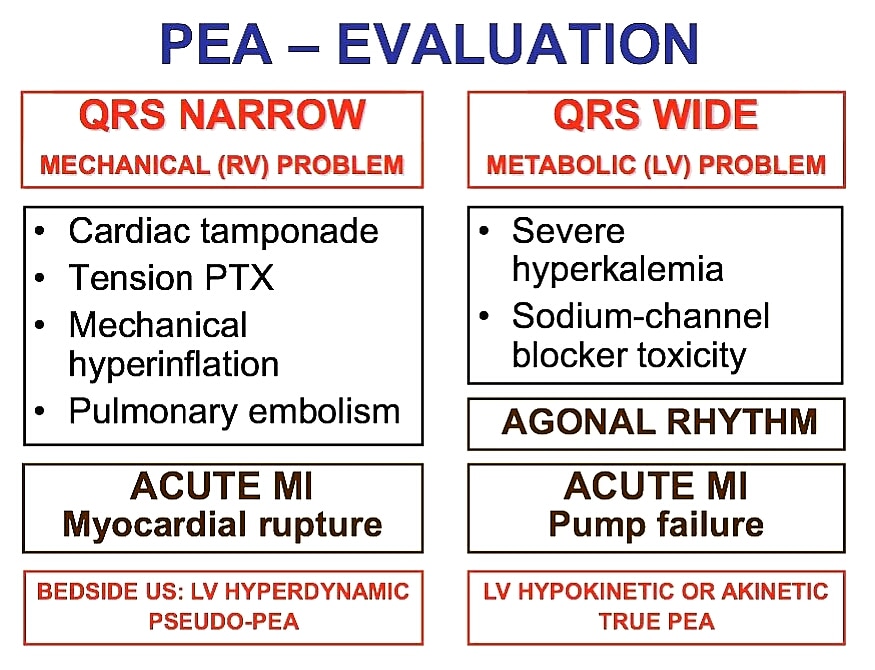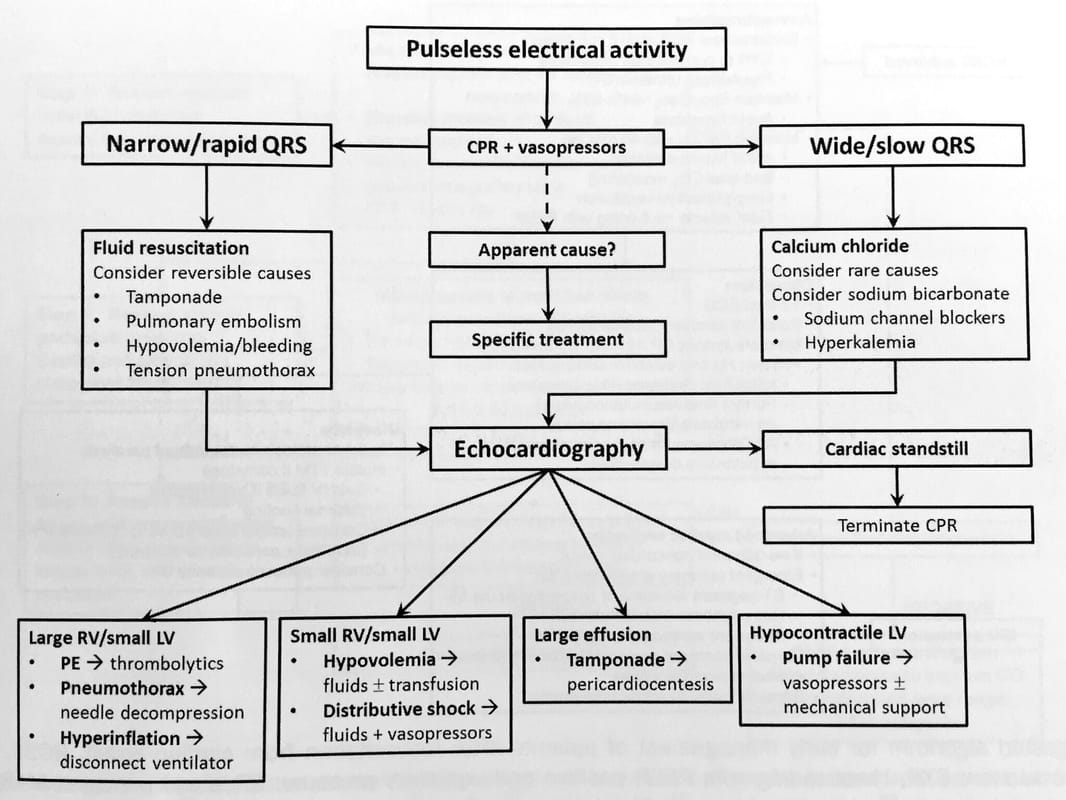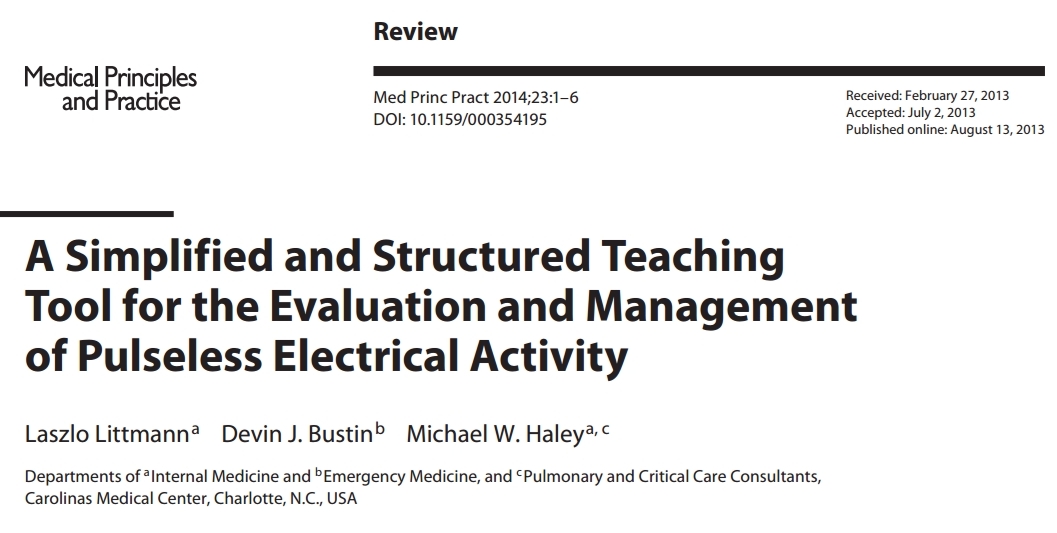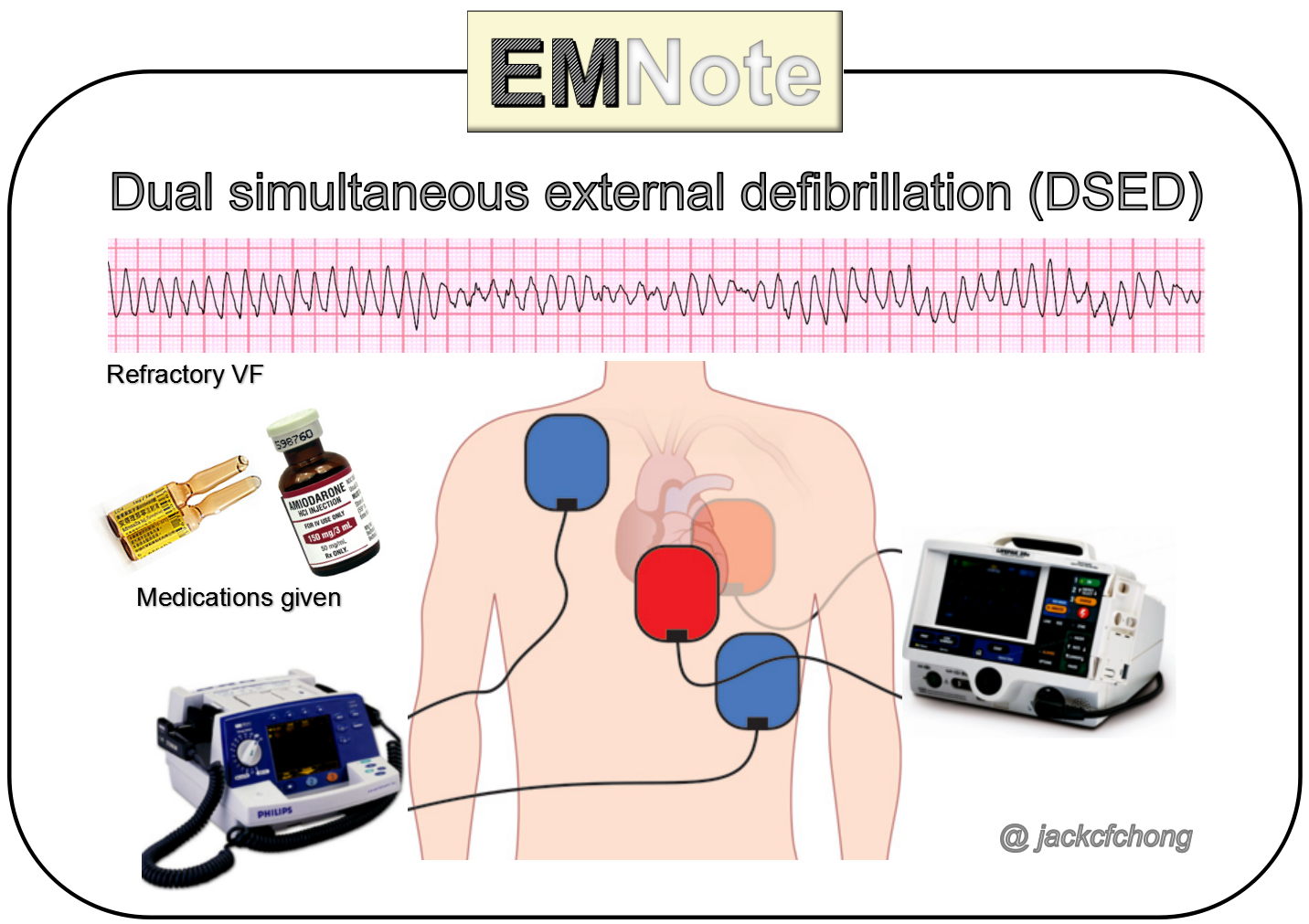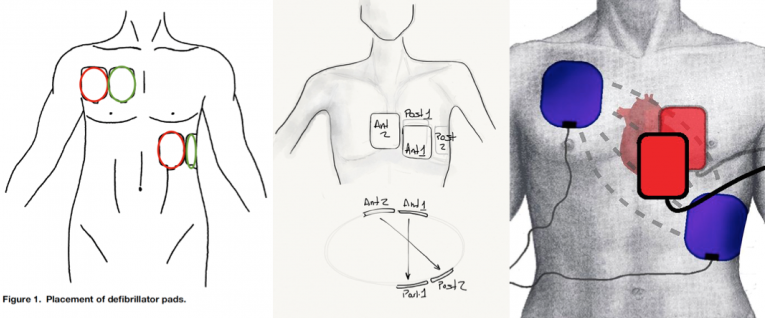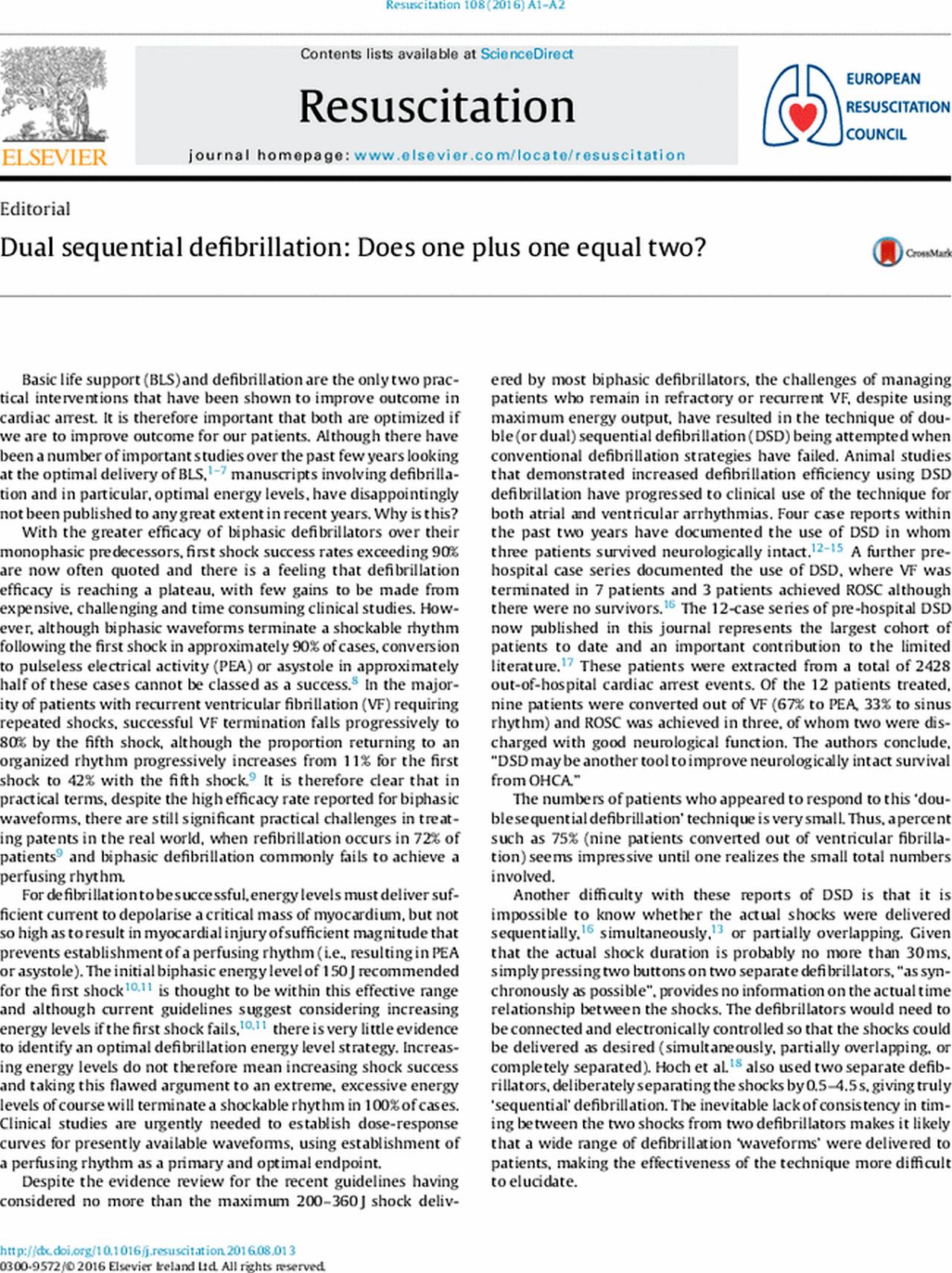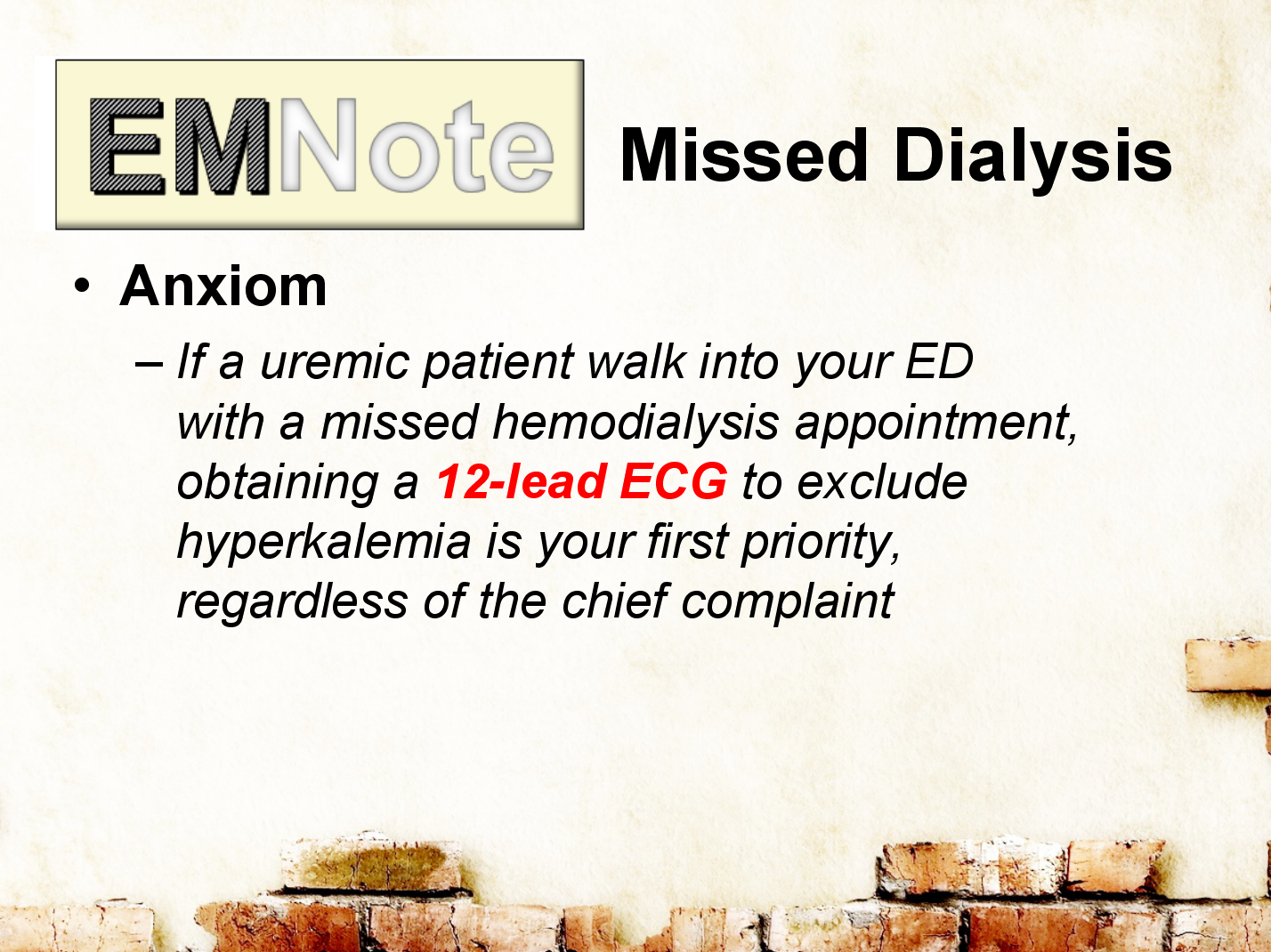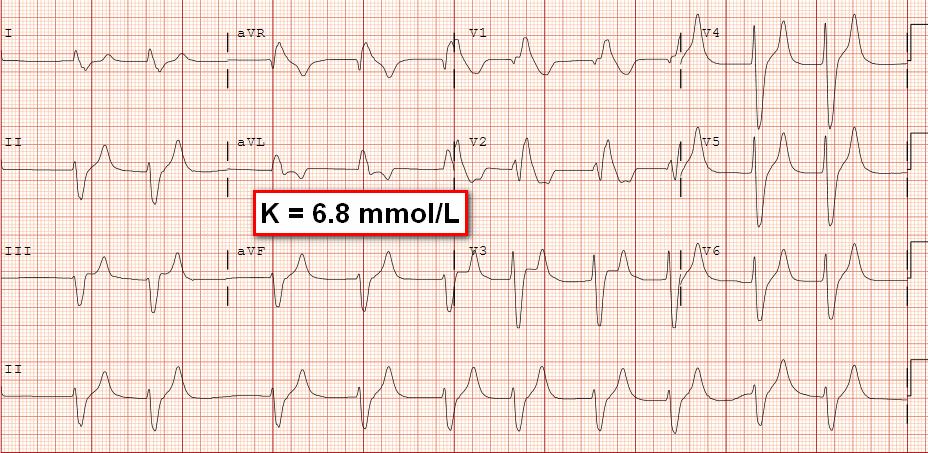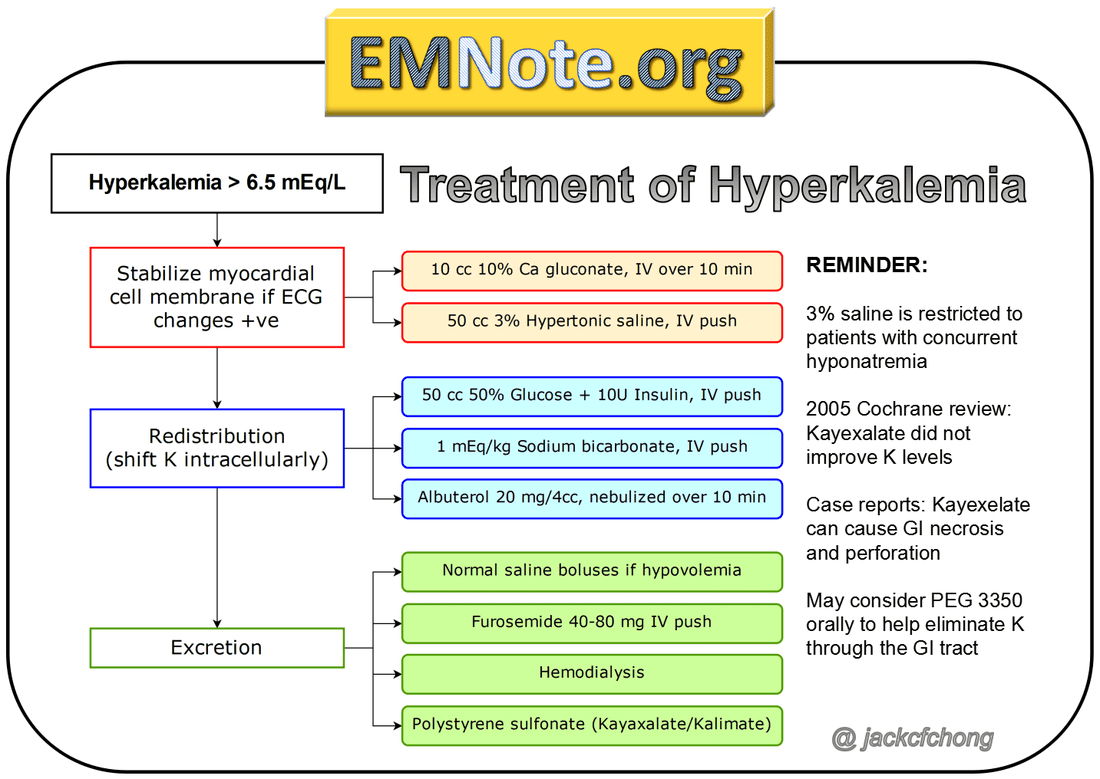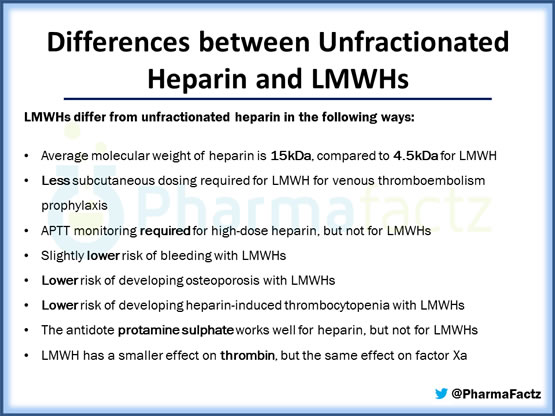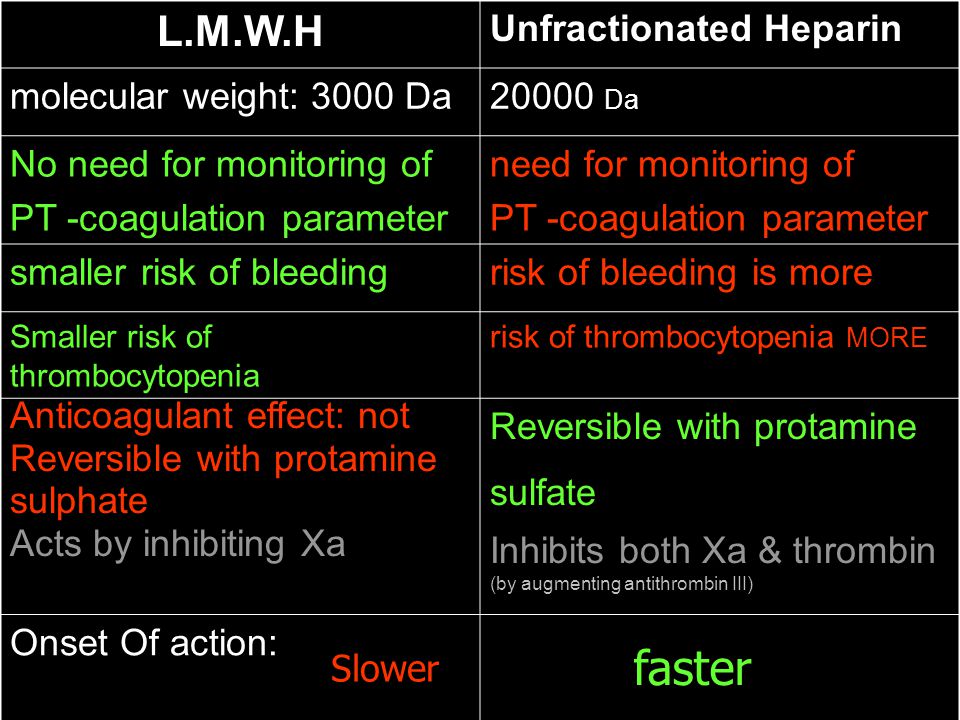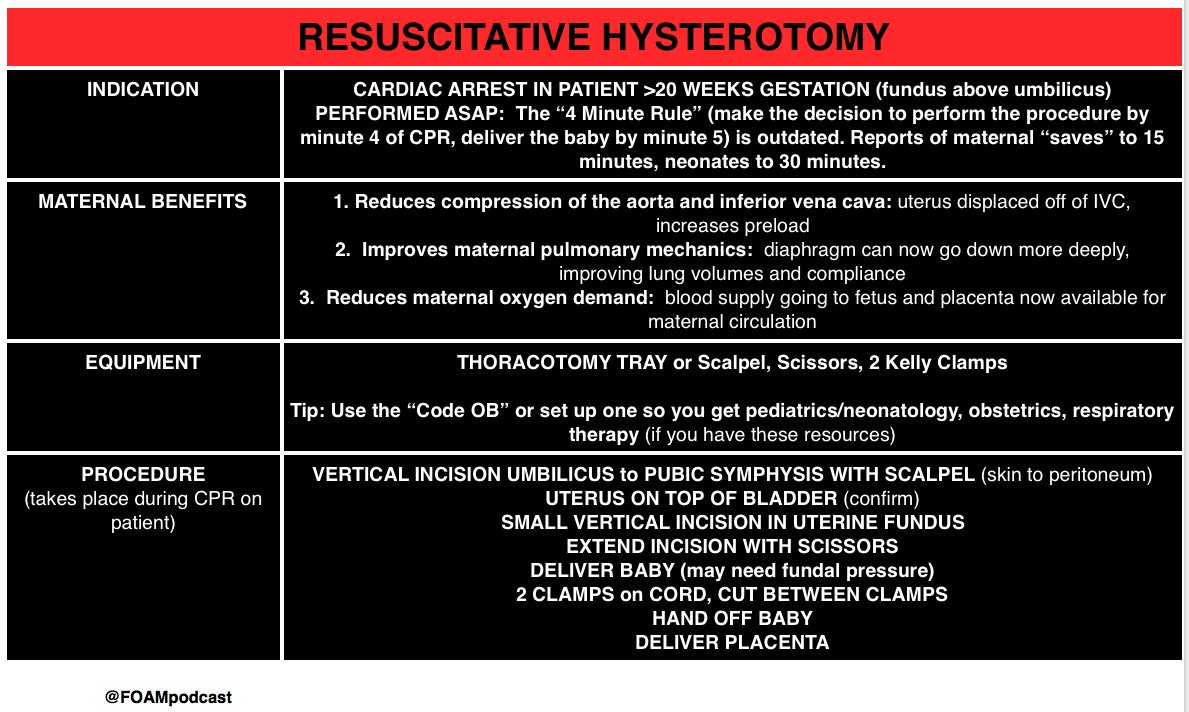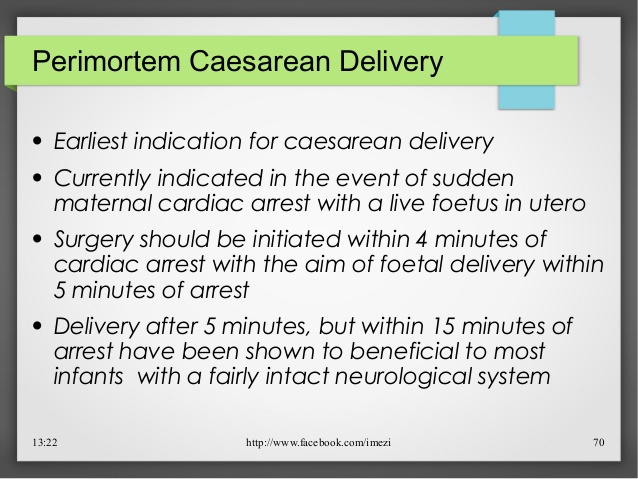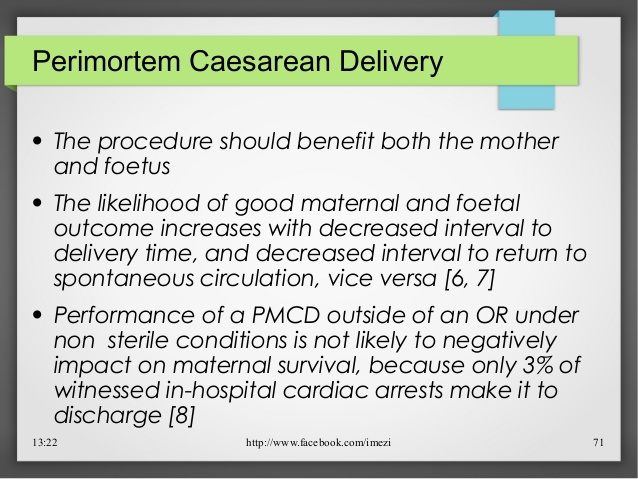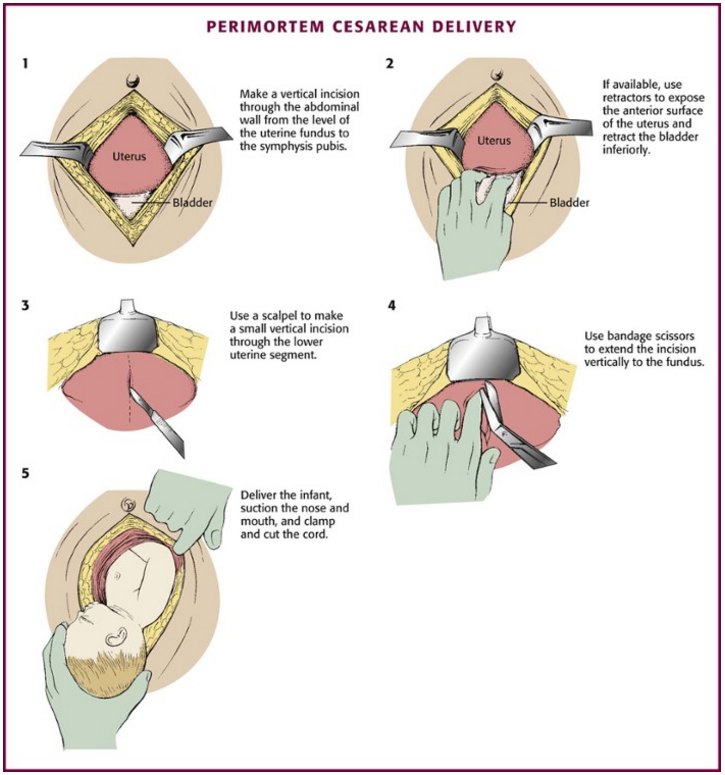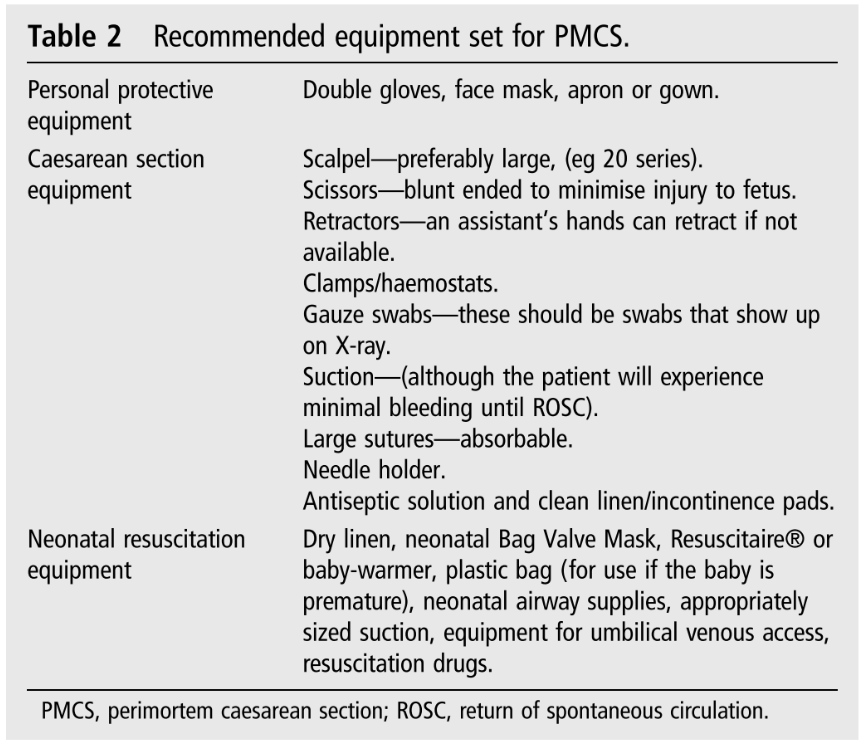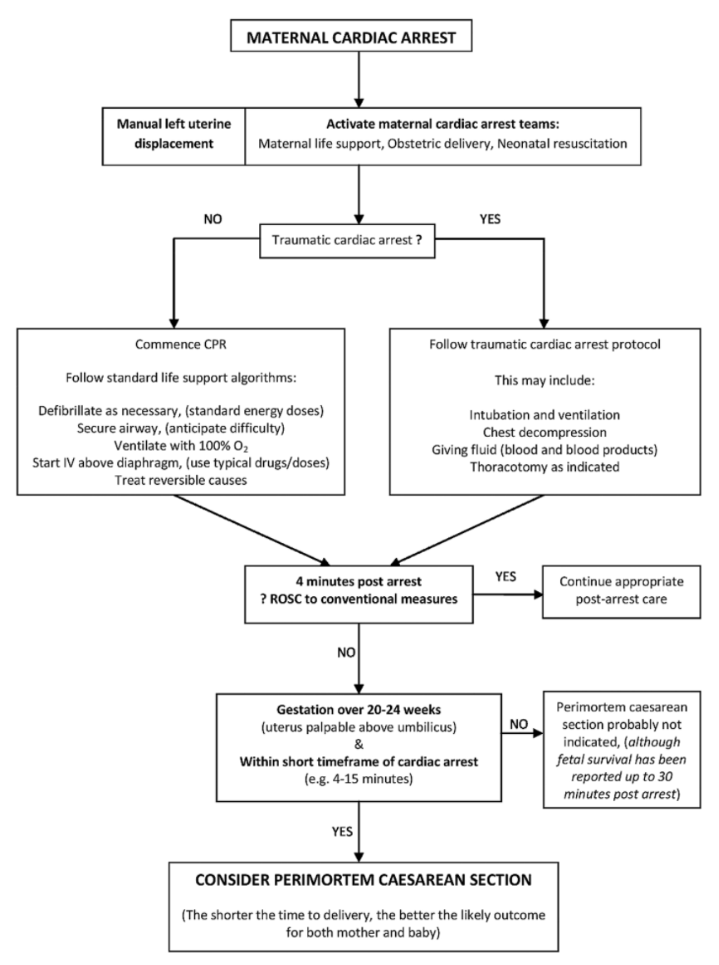|
Because the traditional "5H5T" or "6H6T" approach of PEA arrests is difficult to remember, a novel and easy-to-teach approach of PEA is recommended by using ECG monitor (determining QRS width) and POCUS (point of care ultrasound), as depicted in the above figure. This approach requires a skilled ultrasonographer and it should not interrupt high quality CPR. https://twitter.com/JoelTurnerEM/status/839475499978096641
0 Comments
Dual simultaneous external defibrillation Also known as: Double sequential external defibrillation (DSED) Dual sequential defibrillation (DSD) Indication: Use only in refractory or intractable ventricular fibrillation (VF) after multiple attempts (at least 3 to 5 attempts) at defibrillation and appropriate medications have been given. Method: Apply TWO sets of defibrillator pads to the patient; one in traditional sternum/apex configuration and the other in anterior/posterior configuration. Some protocols suggest firing the defibrillators "sequentially" (less than 1 second apart), others recommend firing "as synchronously as possible" (simultaneously). Bottom line: Consider using high-energy, dual simultaneous defibrillation in patients with refractory VF only after high quality CPR, several attempts at defibrillation, and appropriate medications have been given. References: https://umem.org/ http://rebelem.com/ http://www.emsworld.com/ http://www.jems.com/ http://www.resuscitationjournal.com/ This ESRD patient came to the ED because of herpetic neuralgia. She actually missed her regular hemodialysis appointment that morning. How to treat hyperkalemia?http://www.emnote.org/emnotes/treating-hyperkalemia
|

Author
|
Proudly powered by Weebly
